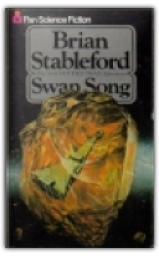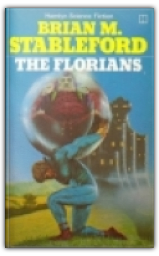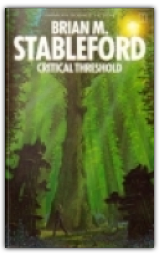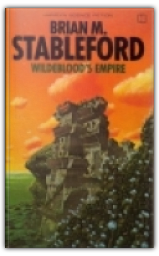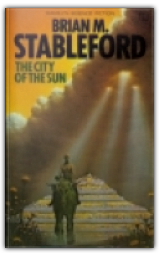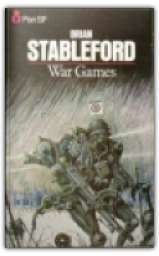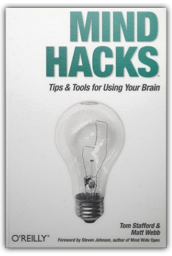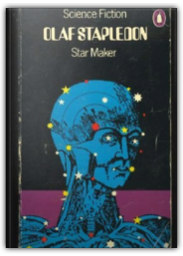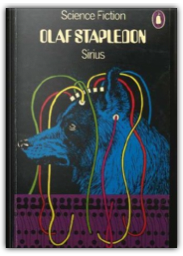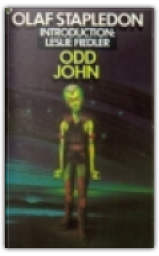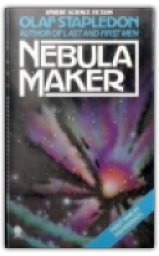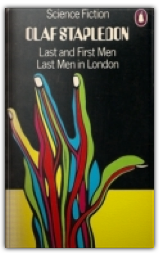 Last and First Men/Last Men in London
Olaf Stapledon
Last and First Men/Last Men in London
Olaf Stapledon
Olaf Stapledon's first novel Last and First Men, published in 1930, has sometimes been called science fiction's Bible—a sweeping, exhilarating history of humanity's future. Its awesome timescale, stretching across five billion years, was an inspiration to the young Arthur C. Clarke, who later wrote: "No book before or since ever had such an impact on my imagination." However, Last and First Men should come with a health warning: The early chapters, dealing with near-future politics from the viewpoint of 1930, are mired in dodgy short-term speculation and have dated badly. Soon Stapledon rings down the curtain on us "First Men" as an uncontrolled nuclear reaction sweeps the world and boils the oceans—and now his imagination takes flight. The Second Men are plagued with invasions of cloud-like Martians; the bat-eared, six-fingered Third Men deliberately create the Fourth Men who are essentially huge, immobile brains ... and so on through ever-vaster gulfs of time. Individuals, nations, civilizations, even species are evocatively shown as mayflies flickering in and out of existence in an immense, chilly cosmos that goes uncaringly on forever. Yet it's not a gloomy work: even as the dying Sun promises to become their funeral pyre, the Last Men affirm that "It is very good to have been man." Another classic choice from Millennium SF Masterworks. —David Langford |
 Made with Delicious Library
Made with Delicious Library
London, State zipflap congrotus delicious library Scott, Mike
